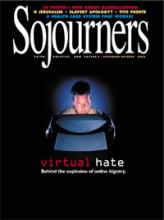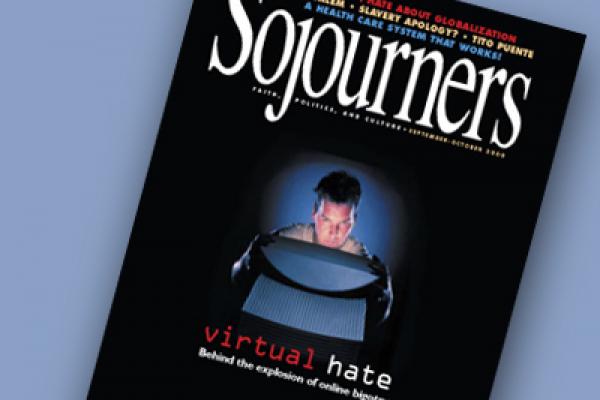Hatred has gotten a facelift. With the help of Internet technology and cyberspace marketing, once-decrepit organizations like the Ku Klux Klan are regaining their youthful energy and competing for the attention of increasingly educated audiences. But don’t let the good looks fool you: Behind the virtual makeover hides the same old-fashioned hatred that bigots have always promoted.
The Internet has given hate groups ample reason to feel young again. In the United States, online bigots enjoy full protection under the First Amendment and have access to a potentially limitless audience. Webmasters are anonymous and difficult to silence; leaders suffer few consequences for their followers’ actions. And their strategies for organizational growth are beginning to look more corporate than cross-lit.
"The Internet has allowed hate groups to develop by leaps and bounds," states Dr. David Blumenthal, author of The Banality of Good and Evil. "The danger is that the uninitiated can get to them [hate sites]: people who are on the borderline and have been in the closet and now feel they can come out." Instead of leaflets under your windshield or on the lawn, haters now post their messages on the Web for you to find—by accident or choice.
Although America’s free speech laws make prosecution of Internet haters difficult, their cyber-romps do not go unmonitored. Leaders in the anti-hate movement—including the Southern Poverty Law Center, the Simon Wiesenthal Center, the Anti-Defamation League, and HateWatch—are working to unmask cyber-bigots and expose their strategies to the public eye.
Who are the virtual haters?
Read the Full Article

